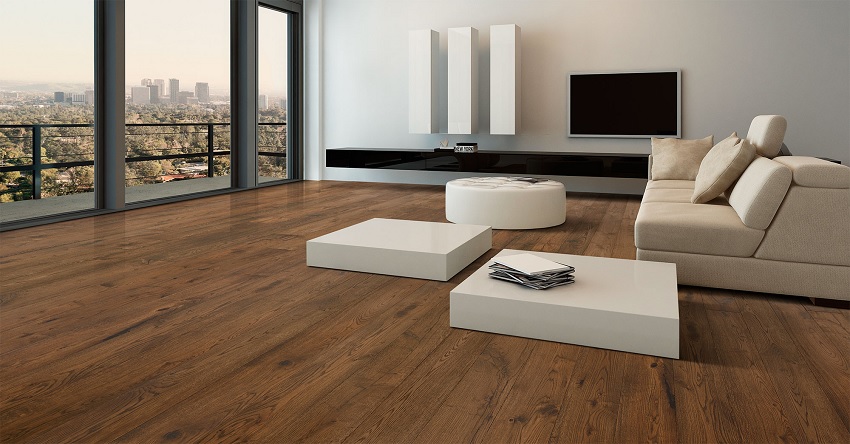
Benefits And Drawbacks Of An Engineered Timber Floor
When considering new flooring, people look for a number of things. Some want to follow or set design trends. Others want something warm and homey. Or they might be hoping for something easy to clean. Traditional options like hardwood, tile, or carpet can meet one or two of these requirements, but to meet all three many modern homeowners are choosing an engineered timber floor.
What is an Engineered Timber Floor?
Let’s start with what it isn’t. It is not a solid length of hardwood. It also is not vinyl laminate, which may contain a small portion of wood pulp, but has more in common with vinyl tile than wood. Instead, it is a thinner plank of the desired wood, with multiple similar layers of wood glued to the bottom. These other layers may or may not be made up of the same variety as the visible top, finished layer. They might be harder or softer woods, and will generally be laid in different directions. The finished result is similar to a very high-quality length of plywood, often with a tongue and groove pattern cut around the edges.
Benefits of an Engineered Timber Floor
-
The way the layers are glued together creates a more stable board, reducing shrinking and expansion. It also allows for a wide-plank look with less risk of cupping, or boards pulling away from the floor.
-
The construction method used to create boards for an engineered timber floor allows for smaller amounts of a rare wood to be used, both protecting the source forest, and lowering overall cost.
-
Floors using these boards can go together very quickly, with some only being tacked in place in a few spots. Likewise, they usually don’t require product-specific tools–a few saws, a measuring tape, and a hammer or nail gun are often all that is needed.
To check our collection of Engineered timber flooring, please visit thefloorboardstore
Possible Drawbacks
-
There is not as much variety available as there is with solid wood planking. While this will change over time, there will always be some varieties that are only available in traditional form, simply because of scarcity or lack of general appeal.
-
An engineered timber floor may cost more than solid wood or tile. This is partly because of the process used to construct the flooring, and partly due to the higher quality of wood used. While it is possible to get solid planking in a range of grades from low to very high, the engineered flooring is generally only available in a higher grade.
-
Unlike traditional wood floors, they can be refinished only a few times before they need to be replaced.
While there are some drawbacks, many homeowners are choosing to install this modern flooring option, over heavier, slower, or generally more traditional choices. They find them more ecologically friendly, simply like the look, or desire a wider planked look than is available otherwise. Whatever the reasons, this style of wood flooring is growing in popularity every year. And with many manufacturers offering guarantees on the quality or lifespan of their products, they are likely to be around for a long time.
